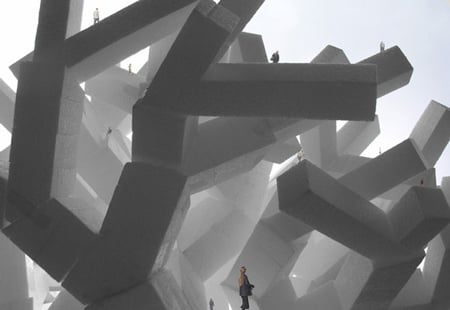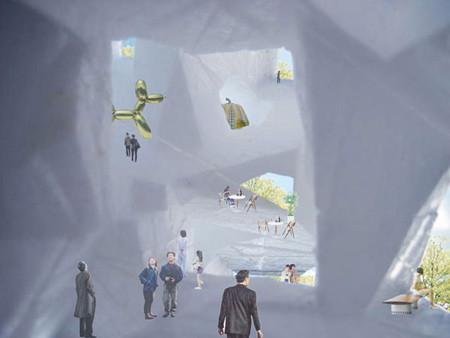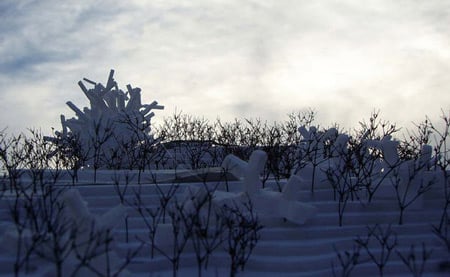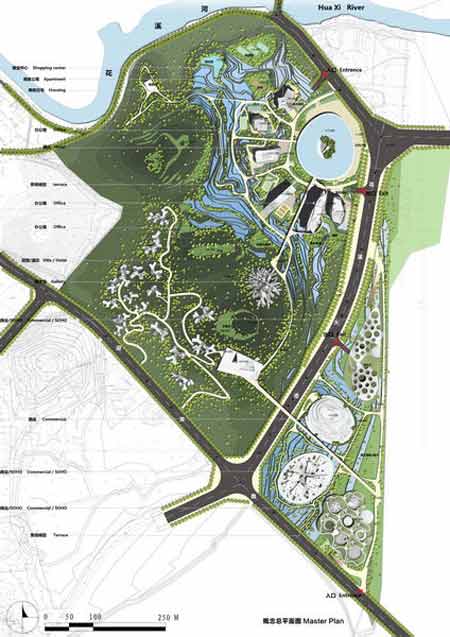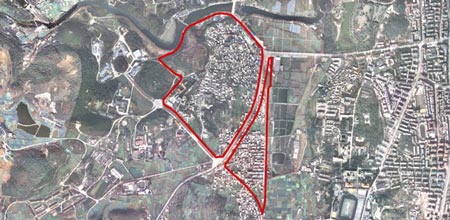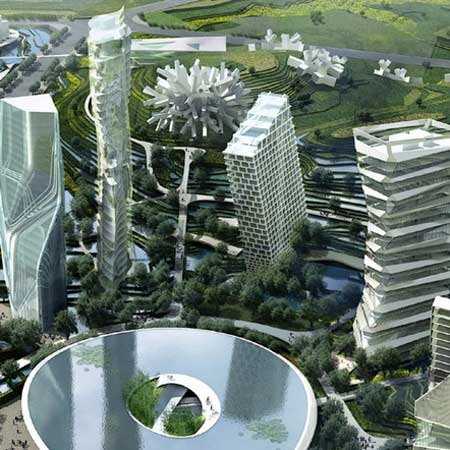
Huaxi city centre by MAD and others
Architects MAD have revealed a masterplan created when they invited 11 young architecture practices - including BIG, JDS, Mass Studies, Serie and Sou Fujimoto Architects - to design conceptual projects for Huaxi city centre in Guiyang, China.
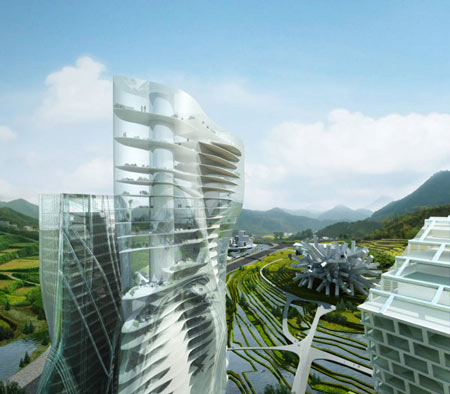
The architects took part in a three-day workshop in Huaxi last summer and each provided an independent design for part of the masterplan. The masterplan was developed by MAD in collaboration with Shanghai Tongji Urban Planning and Design Institute, Studio 6.
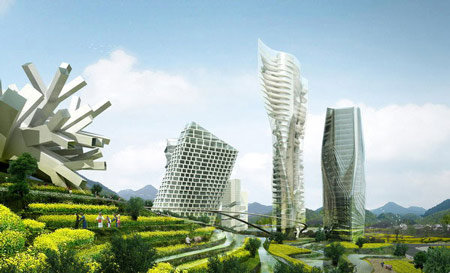
"The city is no longer determined by the leftover logic of the industrial revolution (speed, profit, efficiency) but instead follows the ‘fragile rules’ of nature," say MAD.
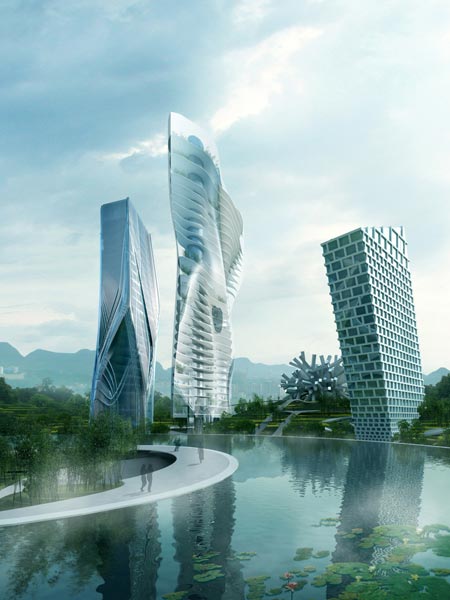
"This urban experiment is not intended as an idealized urban reality, but as an attempt to push these trends to their purest forms, with all of the benefits and problems that this brings."
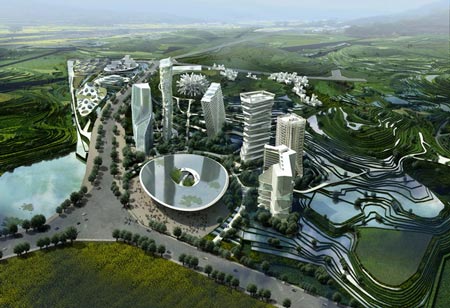
Here's some more information from MAD:
--
YOUNG INTERNATIONAL ARCHITECTS COLLABORATE TO
DESIGN HIGH-DENSITY URBAN NATURE IN CHINA
In 2008, MAD organized and invited 11 young international architects to carry out an urban experiment: to design the Huaxi city centre of Guiyang, in South Western China. The architects invited by MAD included: Atelier Manferdini (USA), BIG (DENMARK), Dieguez Fridman (ARGENTINA), EMERGENT/Tom Wiscombe (USA), HouLiang Architecture (CHINA), JDS (DENMARK/BELGIUM), MAD (CHINA), Mass Studies (KOREA), Rojkind Arquitectos (MEXICO), Serie (UK/INDIA), Sou Fujimoto Architects (JAPAN). The masterplan was developed by Shanghai Tongji Urban Planning and Design Institute, Studio 6, together with MAD.
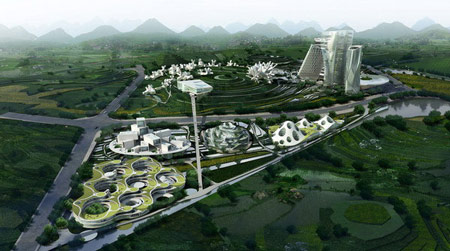
In the past 15 years, around 10 billion sqm of built space has been created in the urban areas of China. In 20 years time, another 200 to 400 new cities will be built. Until now, the results of this overwhelming urbanization have been defined by high-density, high-speed and low-quality duplication: the urban space is meaningless, crowded and soulless. Below: Atelier Manferdini
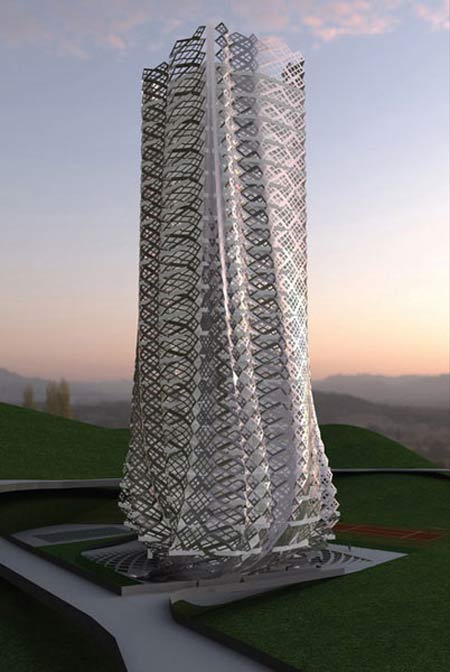
Are we going to continue copying the skyline of Western cities created over a hundred years of industrial civilisation? Will Manhattan and Chicago continue to be our model city, even after 15 years of urban construction in China? Is there an alternative future for our cities that lies in the current social condition, where new technologies leave the machine age behind, and where the city increasingly invades the natural space? Based on an Eastern understanding of nature, this joint urban experiment aims to explore whether we can use new technologies and global ideas to reconnect the natural and man-made world.
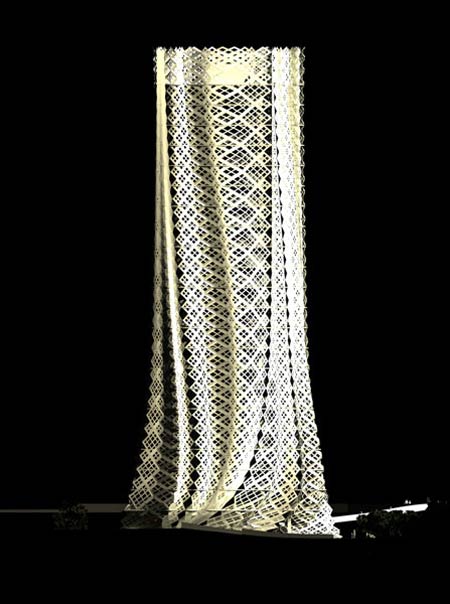
The site of Huaxi is famous for its dramatic and beautiful landscape, as well as a diverse mix of minority cultural inhabitants during its history. Its future is defined by the local government’s urban planning as a new urban centre for finance, cultural activities and tourism. MAD brought the young architects together here in the summer of 2008, for a 3-day workshop to create an experimental urban vision for Huaxi. Below: BIG
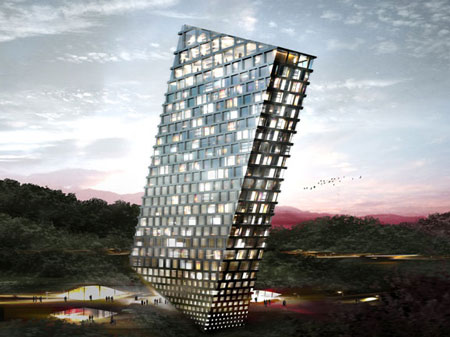
Each architect provided a unique design for a single part of the masterplan, based on their own understanding and interpretation of the local natural and cultural elements. The result is a series of organic individual buildings, growing from the natural environment, and working together to produce a compound of diverse urban activities. In this high density urban environment, the limits of urbanization are controlled and set by nature; the buildings take on the dynamic topography of the site, touching the landscape in a more interactive way.
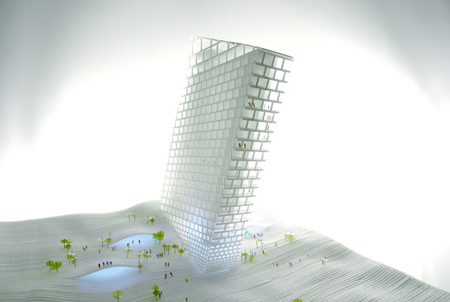
Generic verticality is replaced by a complex taxonomy of urban activities, defined by a multiplicity of connections, detours and short cuts. The natural and the artificial are fused together, revealing an image of a future architecture. The ecological method here is not just focused on saving energy; rather, the goal is to create a new, balanced urban atmosphere which can evoke the feeling of exploring the natural environment. The city is no longer determined by the leftover logic of the industrial revolution (speed, profit, efficiency) but instead follows the ‘fragile rules’ of nature.
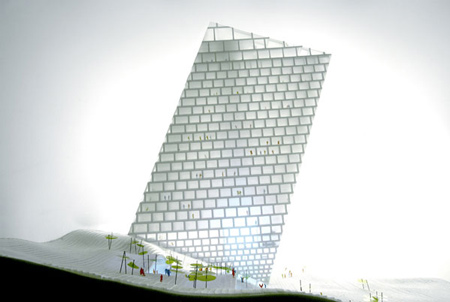
This collaborative experiment thus provides an alternative, responsive model for the development of the urban centre: a man-made symbiosis, in harmony with nature, in which people are free to develop their own independent urban experience.
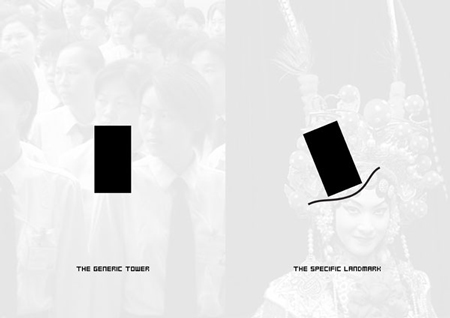
China has become the global laboratory for urbanization, where the logical endpoint of current architectural trends can be seen, and the effects of leaving private developers to create cities can be most keenly felt. This urban experiment is not intended as an idealized urban reality, but as an attempt to push these trends to their purest forms, with all of the benefits and problems that this brings. MAD is aware of, and actively encouraging, the failings and successes of this project. Below: Dieguez Fridman
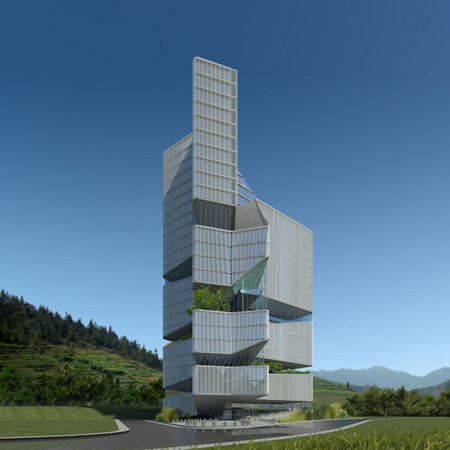
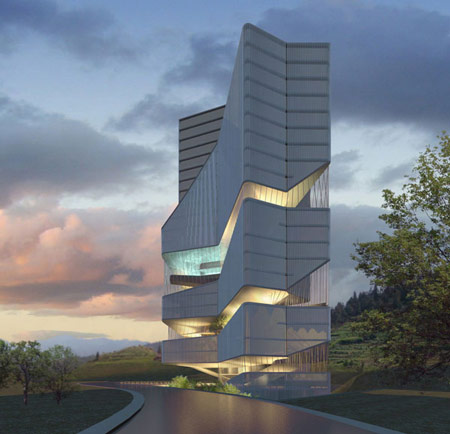
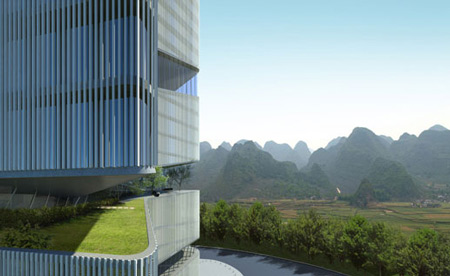
Below: Emergent
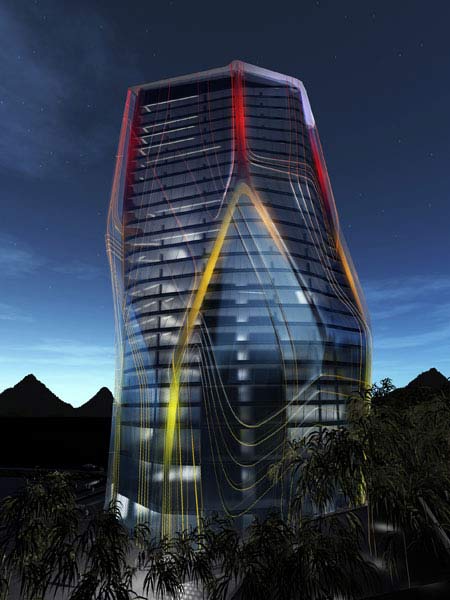
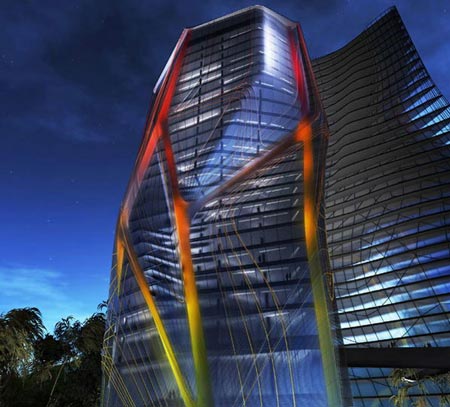
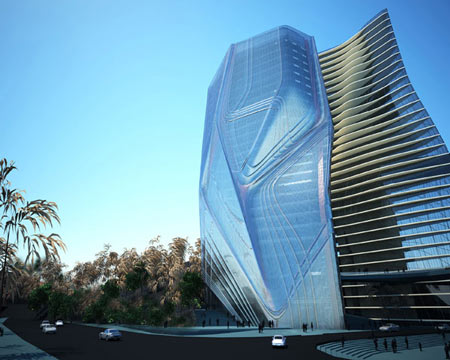
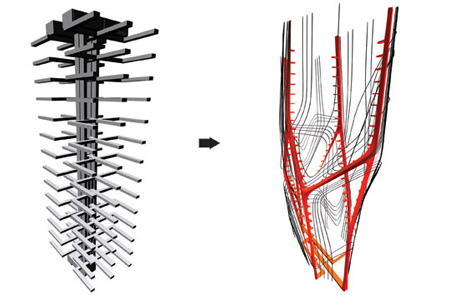
Below: HouLiang Architecture
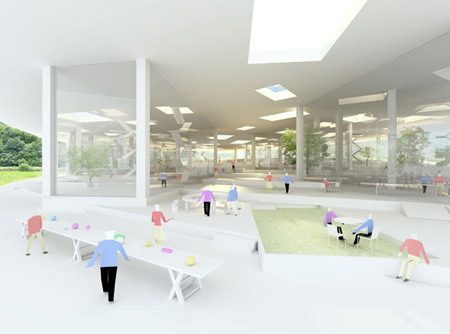
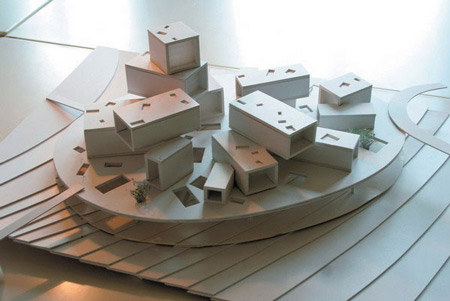
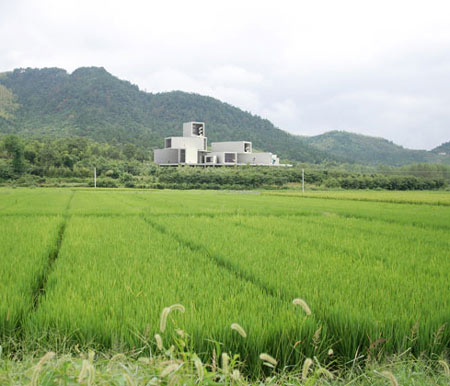
Below: JDS
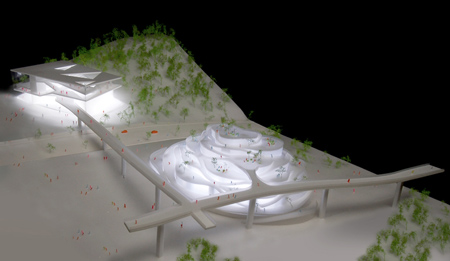
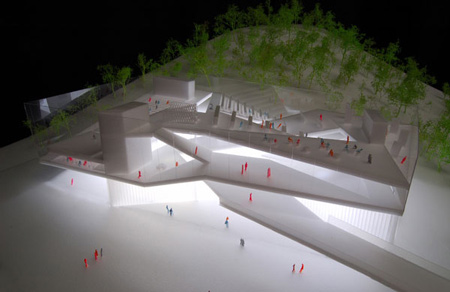
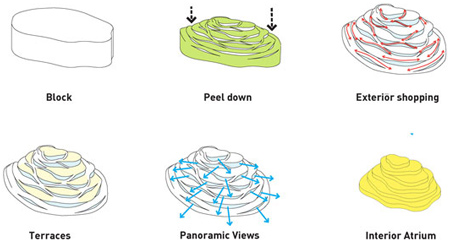
Below: MAD
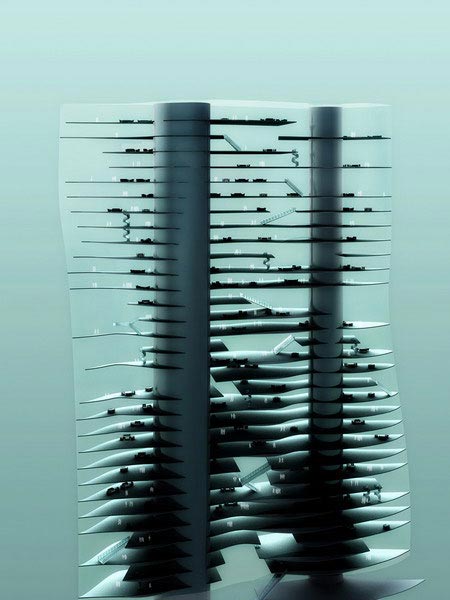
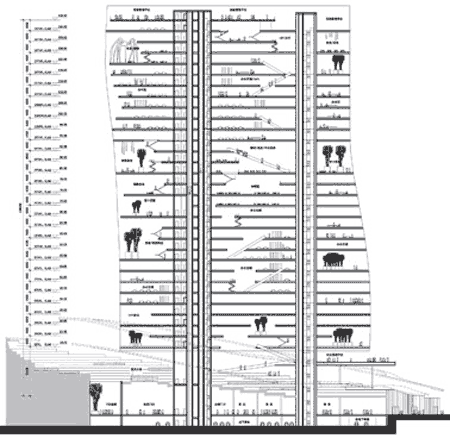
Below: Mass Studies
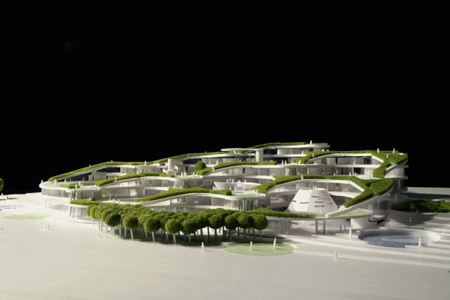
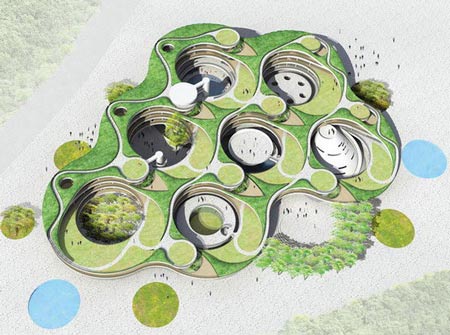
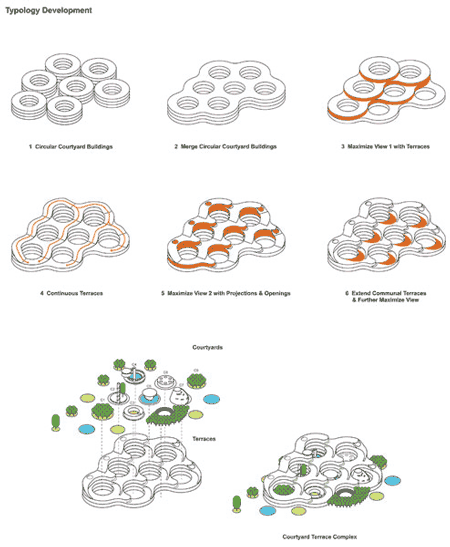
Below: Rojkind Arquitectos
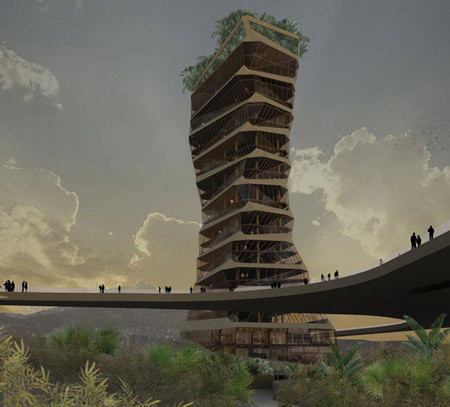
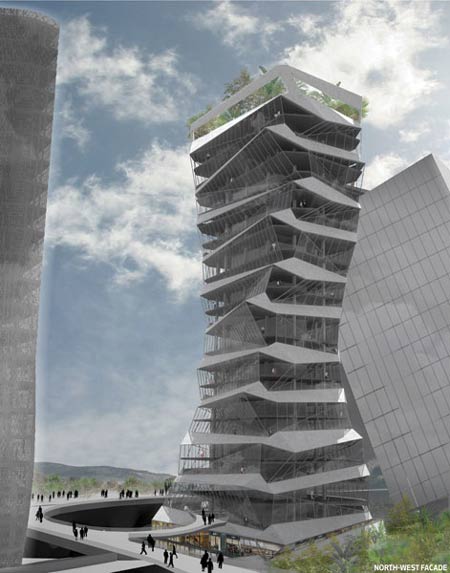
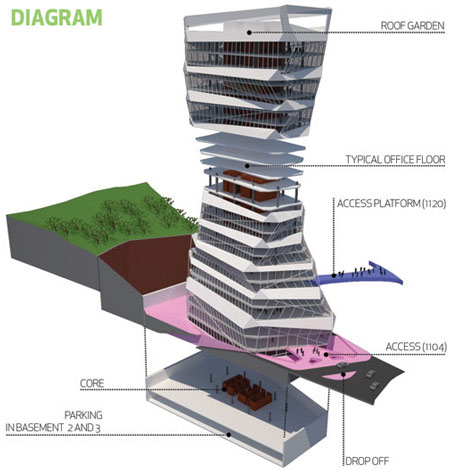
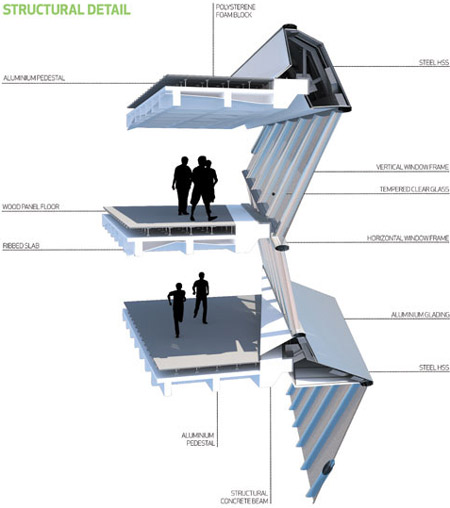
Below: Serie
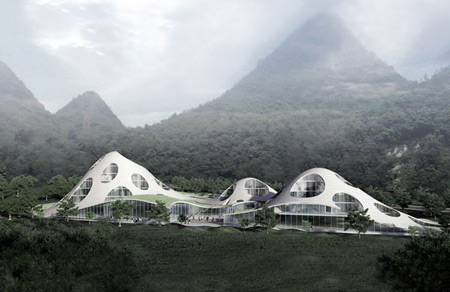
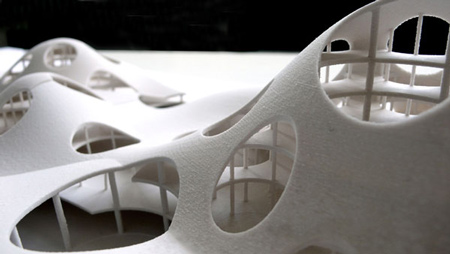
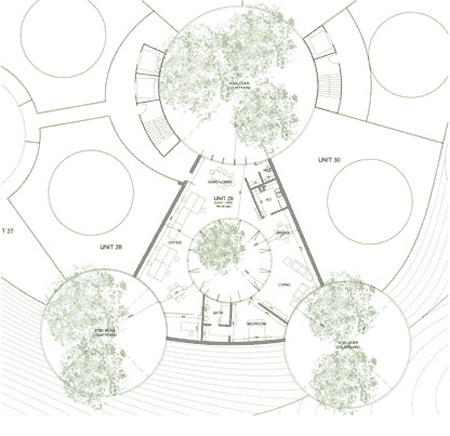
Below: Sou Fujimoto Architects
